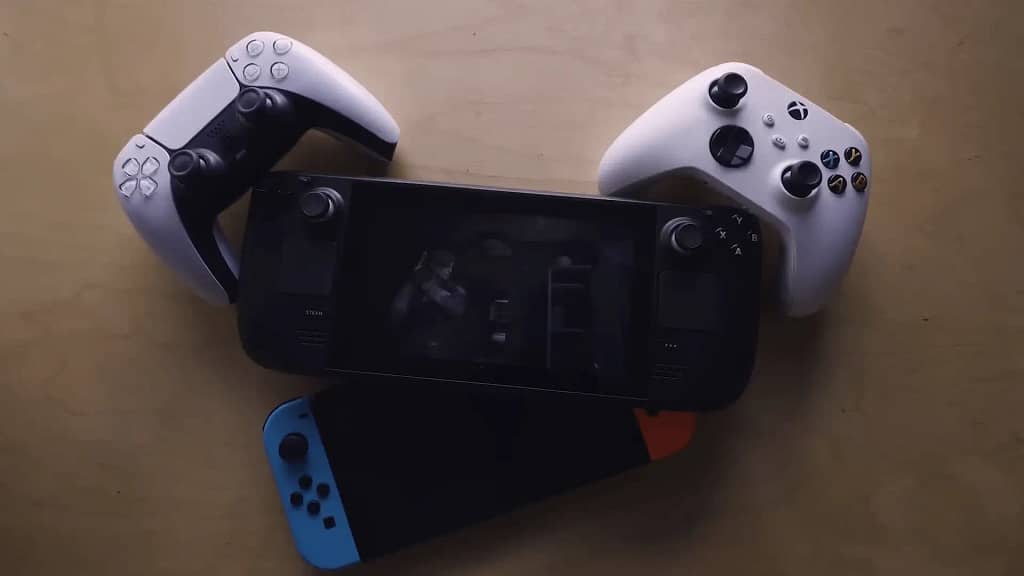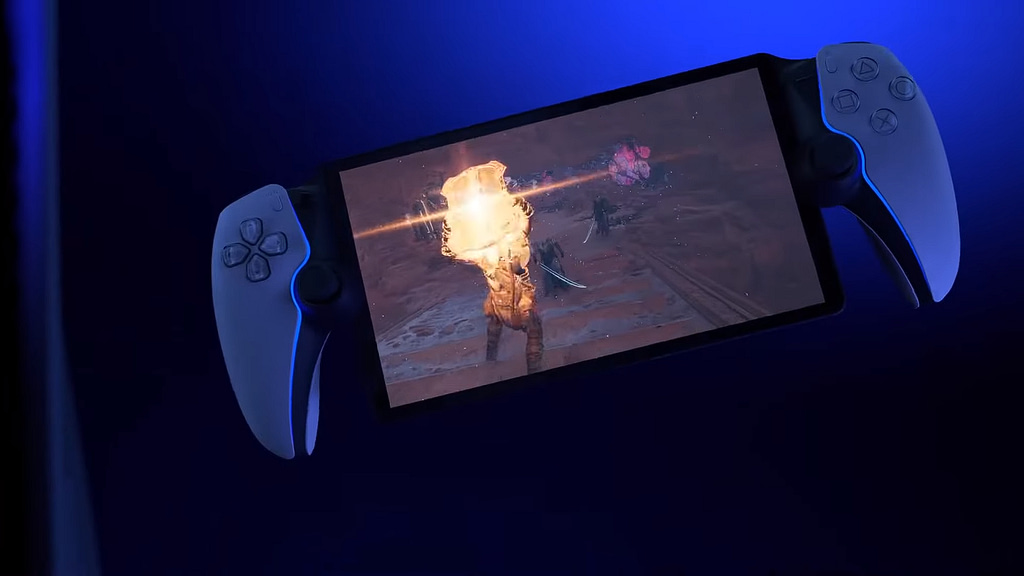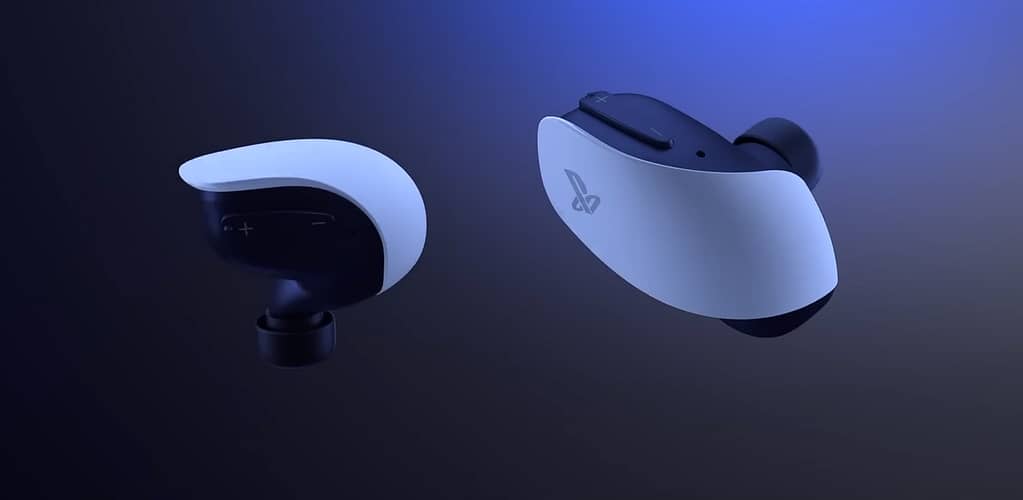The quest for the perfect handheld consoles in 2024 has become a thrilling journey, and in this review, we explore the top five contenders that promise to elevate portable gaming to new heights. To commence the exploration, the Steam Deck takes center stage, with its founder’s dream of enabling gamers to play titles like Team Fortress 2 comfortably in bed. Priced at $399 for the basic model, the Steam Deck boasts native compatibility with hundreds of Steam Library titles, making it a cost-effective option. However, potential users may need to adapt to its bulkier design, a departure from the traditional Game Boy form factor.
Top 5 Handheld Consoles 2024
Moving on, the ASUS Rog Ally enters the scene at $599, challenging preconceptions about handheld consoles with a focus on performance and portability. Weighing less than the Steam Deck, the Rog Ally features a Full HD display with a 120Hz refresh rate, making it a visually impressive competitor. Unlike the Steam Deck, it runs on Windows 11, offering flexibility and convenience, allowing users to access Xbox Game Pass, Steam, and Epic platforms seamlessly.
The Nintendo Switch OLED, a well-established player in the handheld console realm, remains a compelling choice at $349. While its hardware remains consistent with the original Switch, the OLED version introduces a visually striking upgrade, enhancing colors and clarity. Sporting a larger 7-inch screen and upgraded speakers, the Nintendo Switch OLED provides an ergonomic and visually immersive gaming experience, making it a strong contender in the market.
For those seeking a more budget-friendly option, the Nintendo Switch Lite enters the fray at approximately $150 less than its OLED counterpart. Despite its smaller size and non-detachable Joy-Cons, the Switch Lite maintains portability and is ideal for users with a tighter budget or a preference for single-player gaming.
Lenovo’s Legion Go, slated for release on October 31st at an expected price of $699, combines elements from the Switch, Steam Deck, and Rog Ally. With an 8.8-inch 144Hz display, an AMD Ryzen processor, and the inclusion of Windows 11, the Legion Go aims to deliver a powerful and versatile handheld gaming experience. Noteworthy is its unique FPS mode, attempting to replicate the precision of a mouse within a handheld controller, challenging traditional handheld gaming norms.
Lastly, the Logitech G-Cloud stands out as a niche player focused on cloud gaming, priced at $349. While it may lack the raw power of competitors like the Steam Deck, its emphasis on services like Nvidia GeForce Now and Xbox cloud gaming positions it as an interesting option for those prioritizing a cloud-centric gaming experience. However, the reliance on robust internet connectivity remains a potential limitation.
In conclusion, the handheld console landscape in 2024 offers diverse options catering to various preferences and budgets. Each contender brings its unique strengths and potential drawbacks, making the choice dependent on individual gaming needs and priorities. As technology continues to evolve, these handheld consoles promise to shape the future of portable gaming, with innovations in display technology, performance, and gaming modes paving the way for exciting developments in the handheld gaming industry.
The recent release from Valve, the Steam Deck OLED, has stirred excitement among gaming enthusiasts. In this comprehensive review, we explore the device’s key features and improvements, starting with the surprising launch and the host’s initial impressions. The article delves into the details of the custom HDR OLED display, highlighting its specifications, including a 90 Hertz refresh rate, impressive color accuracy, and the immersive experience facilitated by the reduced bezels.
Performance testing takes center stage, with popular games like Returnal, F123, and Cyberpunk 2077 under scrutiny. The article acknowledges a noticeable drop in performance in Cyberpunk 2077 but attributes it to a potential power state issue that could be addressed through future updates. Hardware changes, including the introduction of metal screw bosses, redesigned daughterboards, and improvements in repairability, are outlined, showcasing Valve’s commitment to user-friendly modifications.
A collaboration with dbrand for accessories compatibility testing is mentioned, with links provided for additional information and product purchases. The article concludes by summarizing the host’s enthusiasm for the Steam Deck OLED, offering valuable insights into Valve’s design decisions and the overall performance of the device. For gaming enthusiasts considering a new handheld gaming console, this review serves as a comprehensive guide to the Steam Deck OLED’s strengths and areas for consideration.




